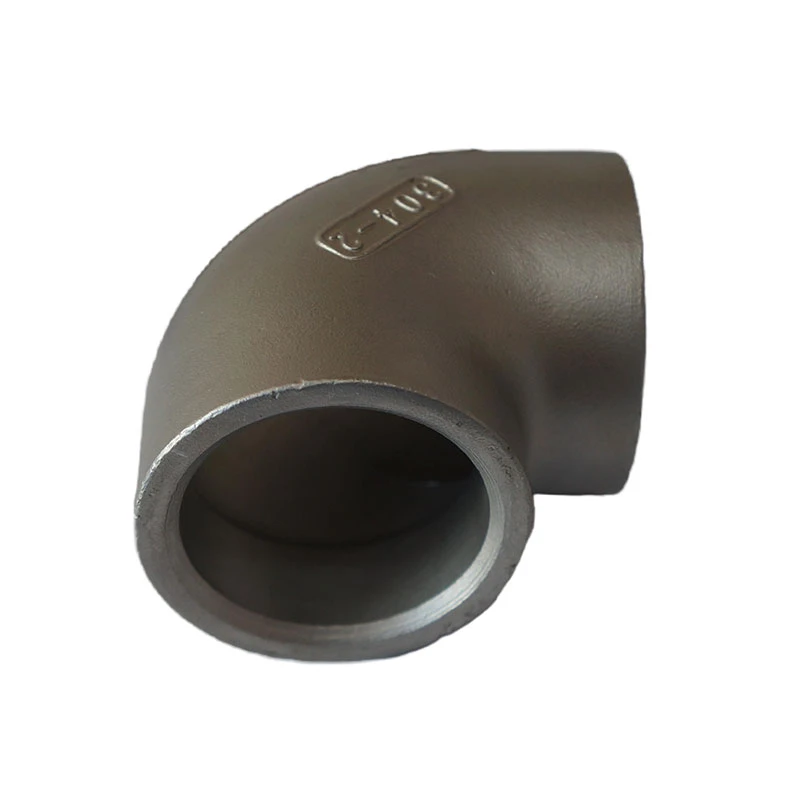stamped parts
Understanding Stamped Parts The Backbone of Modern Manufacturing
In the realm of manufacturing, stamped parts play a fundamental role in various industries, including automotive, aerospace, electronics, and appliances. Stamping is a manufacturing process involving the conversion of flat sheets of metal into particular shapes and sizes using a die. The technique can be executed via several methods, including punching, bending, and embossing. As industries evolve and demand for precision components grows, understanding the significance of stamped parts becomes paramount.
The Stamping Process
The stamping process starts with hard metal sheets, which are fed into a stamping press. The press applies tremendous force to the metal, shaping it according to the desired specifications. The essential components of a stamping operation include the die and the punch. The die is a specialized tool that determines the part's shape, while the punch is used to cut or form the metal.
There are various types of stamping methods, including progressive stamping, which involves multiple operations in a single pass. This method is particularly efficient for high-volume production, allowing manufacturers to produce numerous parts in a shorter timeframe. Additionally, transfer stamping and deep drawing are techniques that cater to more complex geometries, broadening the application of stamped parts in advanced products.
Advantages of Stamped Parts
One of the significant advantages of stamped parts is their precision. Modern stamping technology has led to the production of components with exact dimensions and tolerances, which is crucial for applications requiring high accuracy. In the automotive industry, for example, stamped components contribute to the overall performance and safety of vehicles.
Moreover, stamped parts are often more cost-effective than alternatives such as machining or casting. The ability to produce parts quickly and in large quantities ensures economies of scale, reducing production costs significantly. This factor contributes to the growing reliance on stamped components in manufacturing, where volume and efficiency are key.
Durability is another characteristic of stamped parts. When produced from high-quality metals, stamped components exhibit strength and resilience, making them suitable for various demanding applications. This durability is especially important in industries like aerospace, where safety and reliability are non-negotiable.
stamped parts

Applications of Stamped Parts
Stamped parts find their use in a diverse range of products. In the automotive industry, they are used for body panels, brackets, and mountings, contributing to the overall integrity and weight efficiency of vehicles. In electronics, stamped components are integral to circuit boards and connectors, ensuring reliable performance in devices ranging from smartphones to home appliances.
Additionally, the aerospace sector relies heavily on stamped parts for critical components, where precision and reliability are vital. Stamped brackets, fittings, and other structural elements are engineered to withstand the rigors of flight, emphasizing the importance of quality in this domain.
Future Trends in Stamping
As technology advances, so do the capabilities of the stamping process. The introduction of automation and computerization in stamping operations allows for greater efficiency and flexibility. Smart manufacturing, which involves integrating IoT technologies into production processes, is becoming increasingly common. This evolution not only streamlines production but also enhances quality control by allowing real-time monitoring of operation metrics.
Furthermore, the push for sustainability is influencing the stamping industry. Manufacturers are exploring ways to reduce waste and optimize material usage, contributing to greener production practices.
Conclusion
In conclusion, stamped parts are a cornerstone of modern manufacturing, providing precision, cost-effectiveness, and durability across various industries. As the landscape of production continues to evolve with advancements in technology and sustainability efforts, the role of stamped parts will undoubtedly expand, solidifying their importance in the manufacturing ecosystem. Understanding and embracing this key aspect of production is essential for businesses looking to thrive in an increasingly competitive market.
-
Precision Sheet Metal Stamping Manufacturer | Fast & ReliableNewsAug.01,2025
-
OEM Sand Cast Pump Valve Fittings - Baoding Hairun Machinery And Equipment Trading Co., Ltd.NewsAug.01,2025
-
Custom OEM Impellers | High Efficiency & PrecisionNewsAug.01,2025
-
OEM Sand Cast Pump Valve Fittings - Baoding Hairun Machinery | Customization, Quality AssuranceNewsAug.01,2025
-
OEM Sand Cast Pump Valve Fittings - Baoding Hairun Machinery And Equipment Trading Co., Ltd.NewsAug.01,2025
-
OEM Sand Cast Pump Valve Fittings - Baoding Hairun Machinery And Equipment Trading Co., Ltd.NewsJul.31,2025















